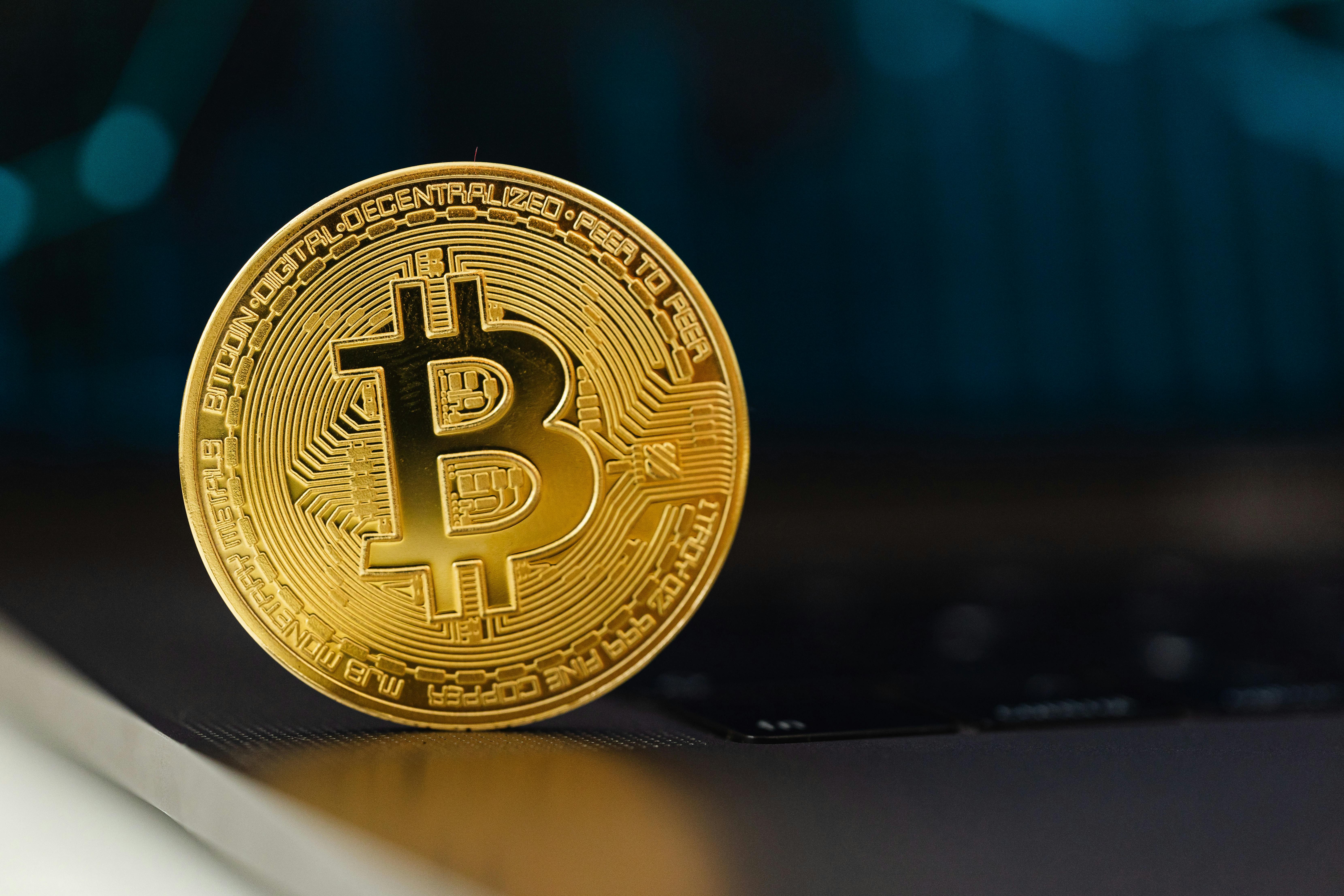It’s official. The much-anticipated fourth Bitcoin halving event, also known as ‘the Bitcoin halvening,’ has come and gone. However, the event, which happened on the 19th of April 2024, ticked over into the history books without much fanfare despite the heightened anticipation and media attention seen in the previous weeks and months. The immediate aftermath of the halving and the market’s reaction were relatively quiet, as was expected. In previous halvings, Bitcoin’s value took months to grow in a series of upward trends that experienced peaks and troughs but eventually settled at a significantly higher number. Many analysts suggest that this fourth halving is not much different in terms of timing and that traders and investors will have to wait and see how market movements play out over the next year.
This article takes a closer look at the Bitcoin halving, its history, and what analysts predict traders and investors can expect to play out over the next few months.
What is Bitcoin halving?
The Bitcoin halving event occurs roughly every four years, which is the time it takes for 210,000 blocks to be created on the blockchain. It will continue to occur until the network has generated the maximum supply of 21 million bitcoins. When Bitcoin was created and launched into cyberspace in 2009, these halving events were hardwired into its tokenomics and blueprint to counteract inflation by maintaining scarcity. The most tangible effect of the halving is felt by Bitcoin miners, as the reward they receive for validating transactions on the blockchain is reduced by 50%. The first halving occurred in November 2012, at which point this reward was cut to 25 BTC, in 2016, to 12.5 BTC, and so on. Following the last halving event on the 19th of April 2024, the current reward given to miners is 3.125 BTC, raising questions about the long-term profitability of many mining companies.
Trading the Bitcoin halving
As with most investment assets, over the last 16 years, Bitcoin’s value has flowed through peaks and troughs but has demonstrated repeated cycles and patterns that seem to be dictated by each halving event. With each halving, the rate of supply effectively halves, too. Generally speaking, when supply is reduced, but the demand levels remain constant, assets tend to appreciate in value. This was indeed the case with Bitcoin in 2022 and 2016, when the market experienced a bull run following each halving event, having dipped in value during the weeks prior. Traders looking to profit from a potential repeat of this pattern may have allocated more of their portfolio to Bitcoin in the weeks or months approaching the estimated halving date. However, as we have seen since the 19th of April, and according to market analysts, it may be some time before traders and investors feel the effects of the 2024 event.
Trading post-Bitcoin halving
Whilst Bitcoin is expected to repeat its cycle of previous halvings, analysts have warned that a data pool of just three previous events is not enough to provide an accurate prediction of future value. This current halving also differs from previous ones in the fact that it comes amidst a year of notable growth for Bitcoin. Despite a slight decrease from its all-time high in March, with a current price hovering around $64,000 (as of the 26th of April 2024), it remains twice the value compared to a year ago. Much of this surge can be attributed to the spot Bitcoin ETFs, approved in the U.S. in January.
These ETFs have witnessed inflows of an impressive $12.1 billion in the first quarter of 2024 alone, contributing to Bitcoin's uptick in value, with some experts forecasting continued momentum given the steady demand for ETFs, coupled with the halving of Bitcoin supply. While some voices in the market predict potential gains of up to $400,000, others give a more conservative estimate with a ceiling of around $150,000. Despite such positive forecasts, analysts from JP Morgan suggest that post-halving price increases may have already been factored into the market, particularly given the current overbought conditions observed in Bitcoin futures.
As Bitcoin’s value continues to fluctuate on a daily basis, traders and investors may choose to buy low —as far as the immediate market will allow— and hold in anticipation of a slow but steady bull cycle over the next year. It seems the advice to anyone hoping to gain from Bitcoin in the near future is: wait. Still wrought with volatility, the cryptocurrency market is unpredictable, and traders must exercise caution when deciding to purchase any amount of these digital assets and never invest any more than they are willing to lose.
For more information and to start trading with Limitlex, visit Limitlex.com today.


